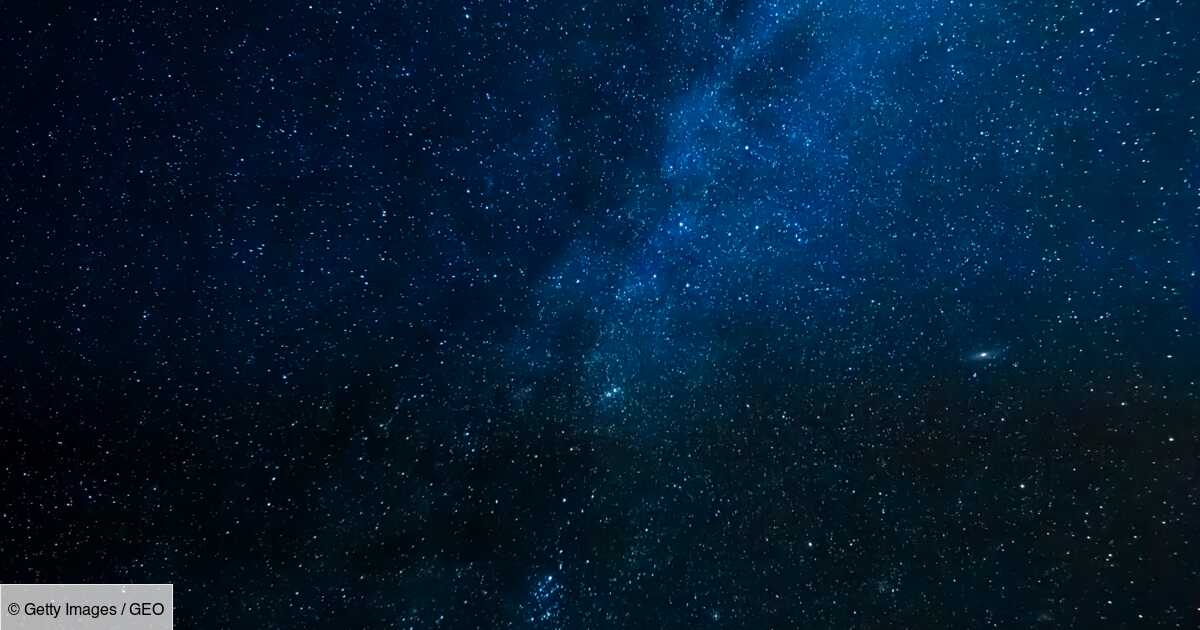The theory of relativity put forward by Albert Einstein predicts that due to the expansion of the universe, “We should watch the distant universe grow in slow motion.”explains to AFP Geraint Lewis, an astrophysicist at the University of Sydney and first author of the study published Monday in the journal natural astronomy.
The researchers used the observation of stars that end their lives in exploding, supernovae, to show that time seemed to pass twice as slowly when the universe was half its current age, which is 13.8 billion years.
The new study uses quasars — a source of quasi-stellar radiation — that are incomparably brighter, dating from up to a billion years after the birth of the universe. Time seems to flow five times slower there, according to the study.
⋙ The five avoidance strategies adopted by some manufacturers that exacerbate plastic pollution
Cosmic time dilation
“Everything seems to be in slow motion.” For the current observer, according to Professor Lewis But “If I could magically teleport you ten billion years ago to drop you near one of these quasars, and I looked at your stopwatch, everything would look normal.”It is to explain. “The second will be the second.”he added.
To measure this phenomenon, called cosmic time dilation, Professor Lewis and statistician Brendon Brewer from the University of New Zealand in Auckland analyzed data from 190 quasars, collected over a 20-year period.
Quasars, galactic nuclei with a supermassive black hole at their centre, are said to be the most luminous and energetic objects in the universe. What makes them “Very practical beacons for mapping the universe”According to Professor Lewis.
The difficulty was turning them into supernova-friendly cosmic clocks. The latter provides a single but reliable signal over time.
⋙ South Korea: The end of the “killer questions” during the college entrance examination
Quasars as time beacons
For quasars, the researchers achieved their goal thanks to a large amount of data and recent advances in the statistical understanding of random events.
In this case, the researchers succeeded in explaining the multiple shocks that occur when matter is sucked in by a quasar’s black hole.
Professor Lewis compared it to a fireworks display, in which large sprinklers seem to go off at random, but their elements are still missing “shimmers and then fades” According to a fixed and regular time frame.
“We stripped away this fireworks display, and showed that quasars can also be used as time beacons for the early days of the universe.”, He said. And so he showed itEinstein is right again..
Previous attempts to use quasars to measure the theory of cosmic time dilation have failed, and have led to this“weird suggestions”. Like that, quasars were not such distant objects as was observed. The new study “Put things in their place”by showing that these things are also subject to the laws of the universe.
On the same topic:
⋙ Einstein was right: science “hears” gravitational waves for the first time
⋙ The James Webb Space Telescope has discovered interesting galaxies in the primordial universe
This supermassive black hole has been reverberating in our galaxy for 200 years

“Hardcore beer fanatic. Falls down a lot. Professional coffee fan. Music ninja.”






More Stories
SALES / PHOTO SALES – Nikon D850 “5 Star” Bare Body Photo Body at €2,539.00
Discovering a new turning point under the Antarctic ice sheet! What are the consequences?
Record number for an insect!